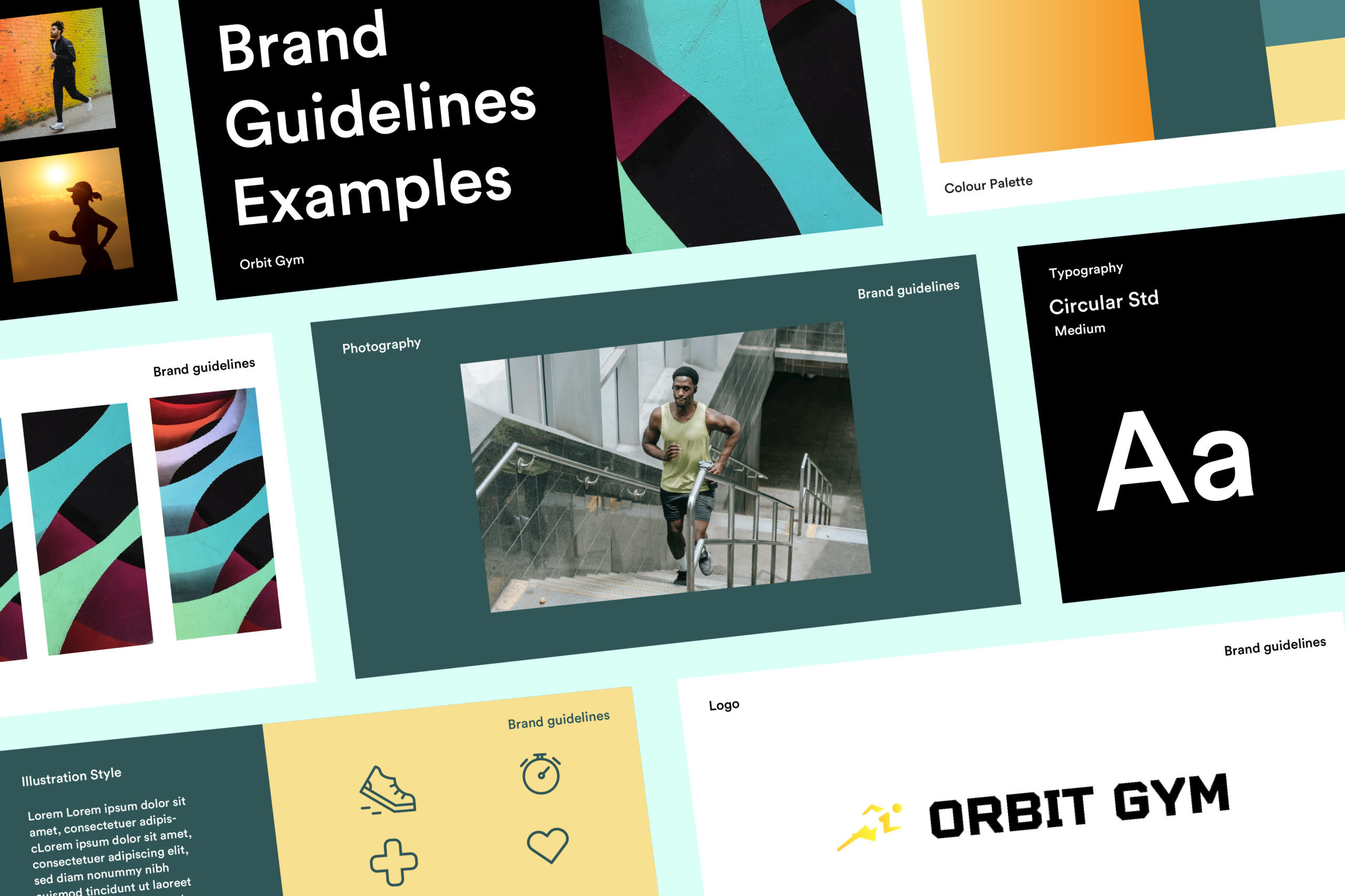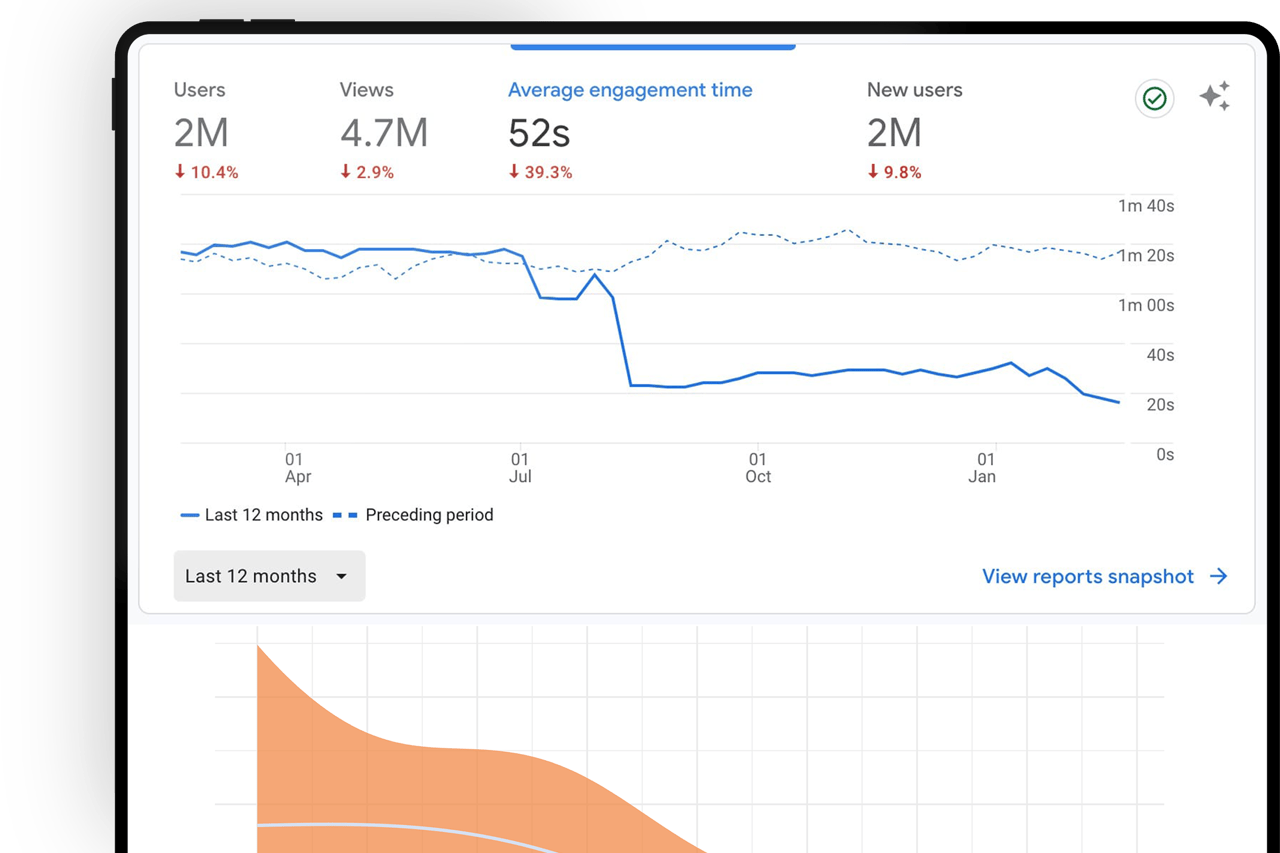Earlier this year, I was in the beginning stages of a redesign for our company’s website. We had already been planning to use a straightforward responsive approach to Web design, which is our preferred solution for multi-device support. After hearing some frank discussions at An Event Apart conference in Boston about the limitations and challenges of responsive Web design, I realized that our solution needed a bit of adjustment.
Thankfully, the project before us was the ideal opportunity to experiment and push ourselves to improve our responsive workflow. In this article, I will detail the process we took, including some of the changes we made along the way, as we worked to build a better responsive website.
Defining Our Goals
The first step in our project was to make a list of the benefits and drawbacks to the responsive approach we had been using. Our list looked like this:
BENEFITS
A single website to build, maintain and promote.
Support for a variety of screen sizes, not just the extreme cases of large desktop monitors and small handheld devices.
Future-friendly, because the layout will reflow based on screen size and not just the size of today’s popular devices.
DRAWBACKS
Content meant only for large-screen devices is often delivered to small screens and simply “turned off” with CSS media queries, creating unnecessary downloads.
Because the markup is a one-size-fits-all solution, we are unable to change the source order of that markup (or eliminate unnecessary elements from the markup completely) based on the device or screen size.
What you will likely notice here is that the drawbacks we identified with a responsive approach are areas where a mobile-only solution excels. We wanted the best of both worlds for our new website — the advantages that a responsive approach and a mobile-specific solution have to offer.
Starting With Content
One of the common differences between a responsive design and a dedicated or mobile-only design is in the content or features that are delivered to the browser. A mobile-specific website often features only a subset of content found on the “normal” version of the website. This is one of the ongoing debates about the two approaches, and proponents of mobile-only websites often argue that mobile users want access only to content that is “important” to them.
The problem with this line of thinking is that what is “important” to a user — any user — changes according to their situation. Eliminating access to content based solely on the device someone is using is sure to alienate and frustrate anyone who doesn’t fit into the ideal scenario that you envisioned when you decided what to include in and what to eliminate from your mobile website.
Our belief has always been that all users should have access to all of the content that the website has to offer, but we wanted to make sure this was indeed the right answer for our website and our users. To help us determine the right approach, we turned to our analytics and found no discernible difference between the type of content requested by our mobile visitors and by our visitors on non-mobile devices. Content that was popular for desktop users was similarly popular for mobile visitors.
Additionally, we sat down and spoke with some of our current clients, who represent a large part of our website’s audience, and asked them some questions, including “What content are you coming to our website for when on a desktop computer?” and “How about on a tablet or a phone?” The interviews were obviously more in depth than this, but you can see what we were asking. Once again, we found that the content they were seeking was the same, regardless of the device they were using.
Data Dictates Direction
The findings from our research reinforced our belief that a responsive approach, which provides access to the same content across all devices, was the right choice for our website. This research also enabled us to determine what content on our website was not being accessed at all. When we discovered pages that were not being used by our audience, we cut them from our site map. Similarly, content that was most popular was treated appropriately in our content hierarchy and our layout plans for the redesign.
By starting the project by looking at our content and gathering data on what was important to our audience and what was not, we were able to move into the design phase with an informed plan for what content our website’s design needed to support.
Designing To The Extremes
I have heard the arguments for designing in the browser, and I appreciate many of the benefits this approach brings. That being said, having tried designing in the browser on a number of occasions, I have found that my own design workflow is simply better suited to starting in Photoshop. In no way do I think this is the right decision for everyone, but it is the right decision for me, and it is how I began this design.
For responsive designs, I use a method that I refer to as “designing to the extremes.” I start by designing the desktop version of the website. In this version, I work out the design’s typography, tone and overall visual direction — as well as the layout for the large screen view of the website. Once I am happy with this version of the design, I work on the small screen or “mobile” version of the website, using the same visual direction, but adjusting the layout as appropriate for the smaller screen.
At the end of this process, I have visual examples of the two layouts of the website that will vary the greatest — the biggest and the smallest screen versions of the design. These two examples will guide me as I begin the website’s front-end development.



